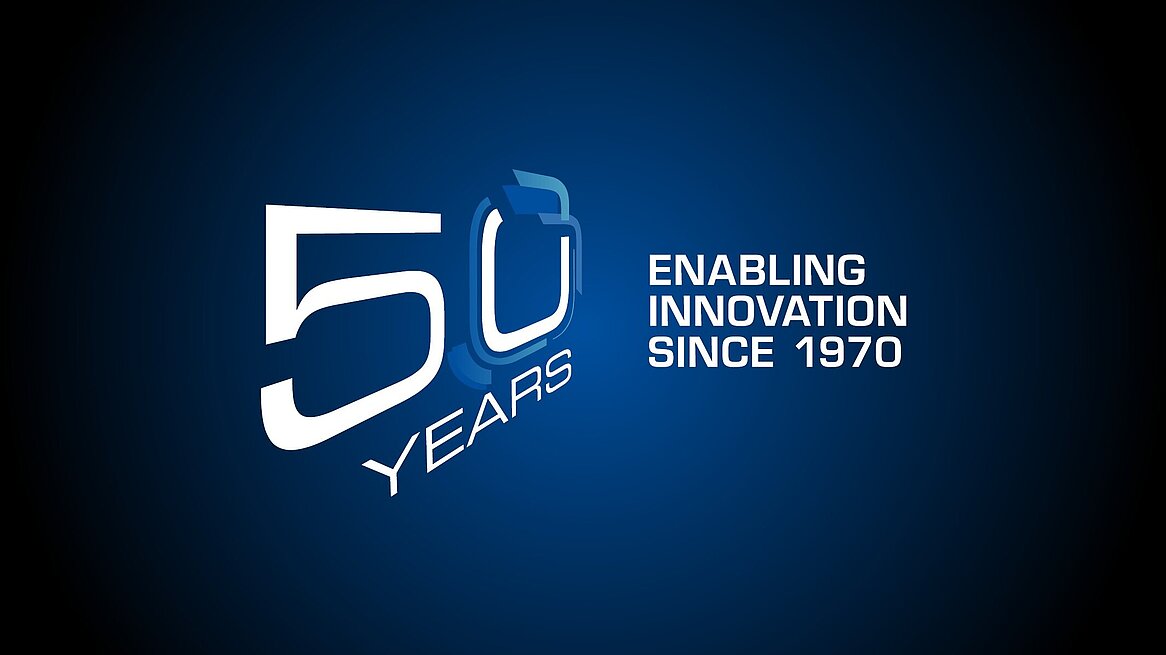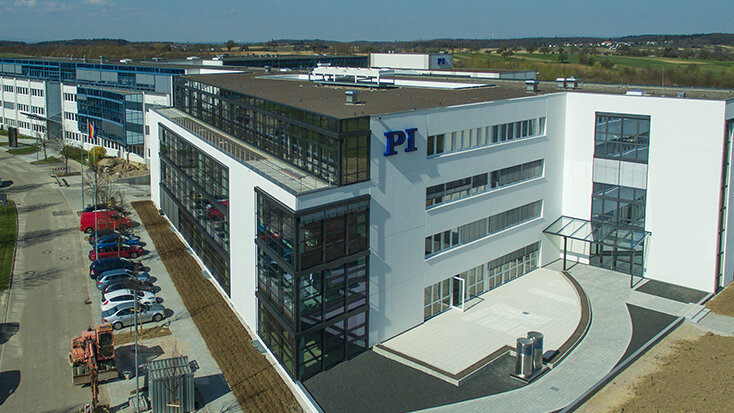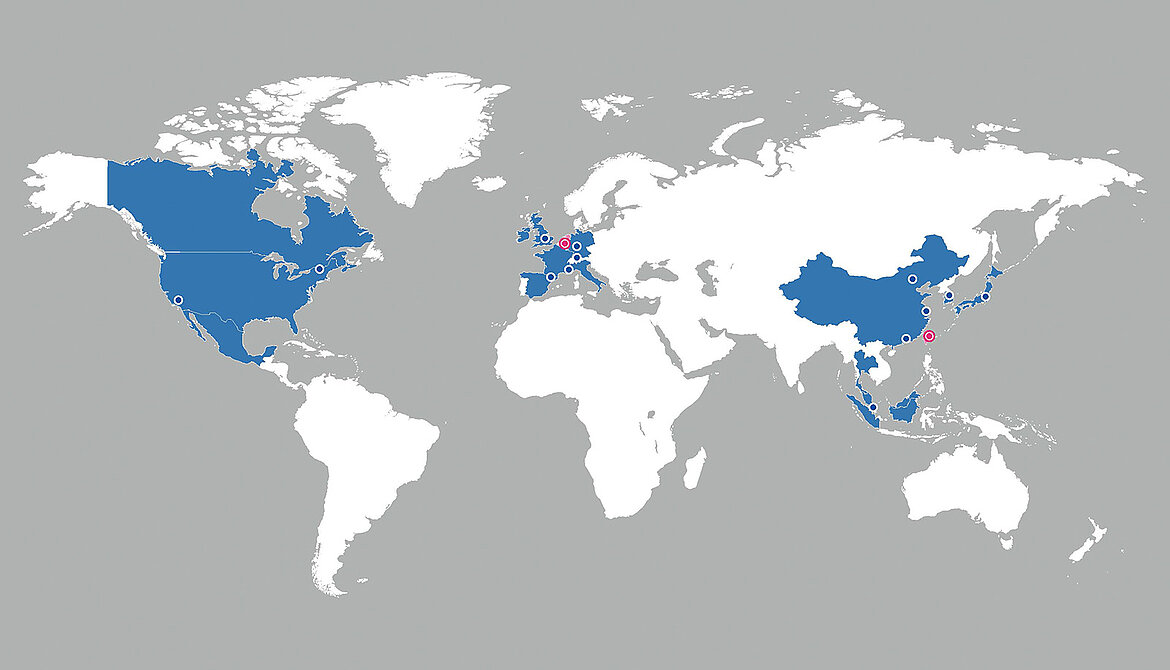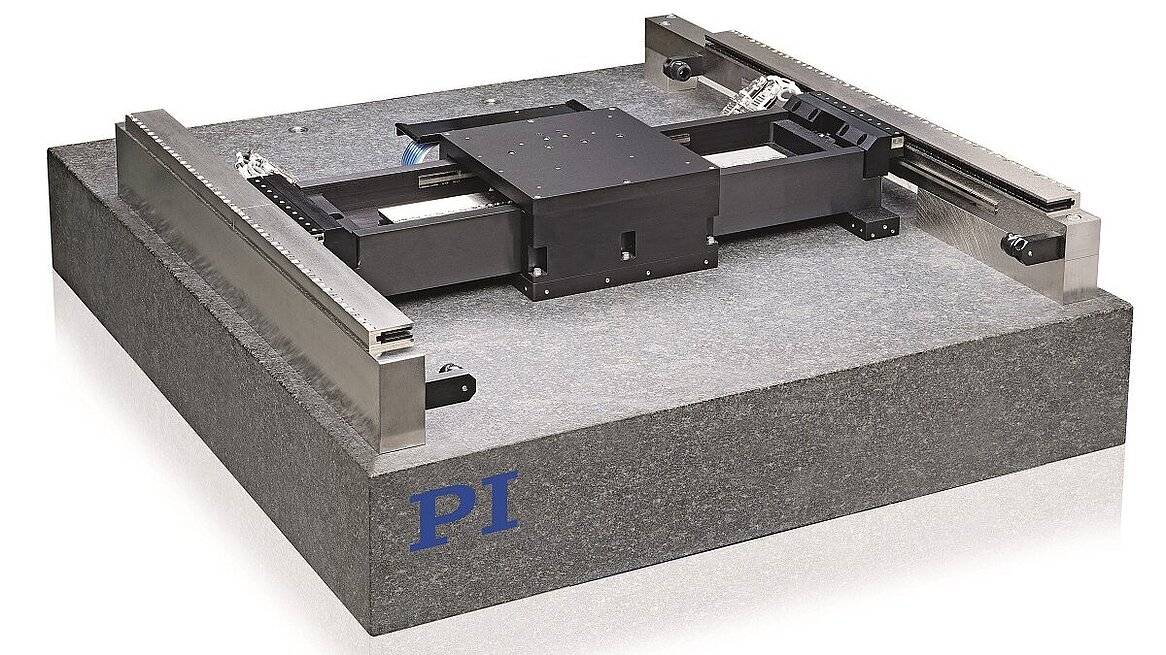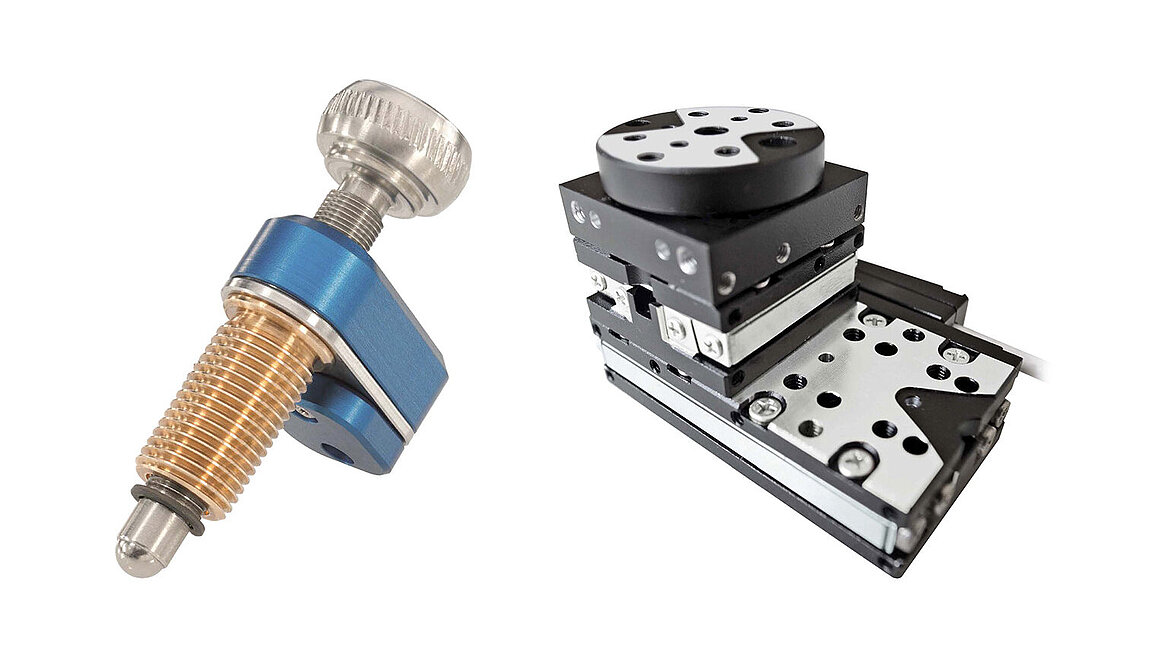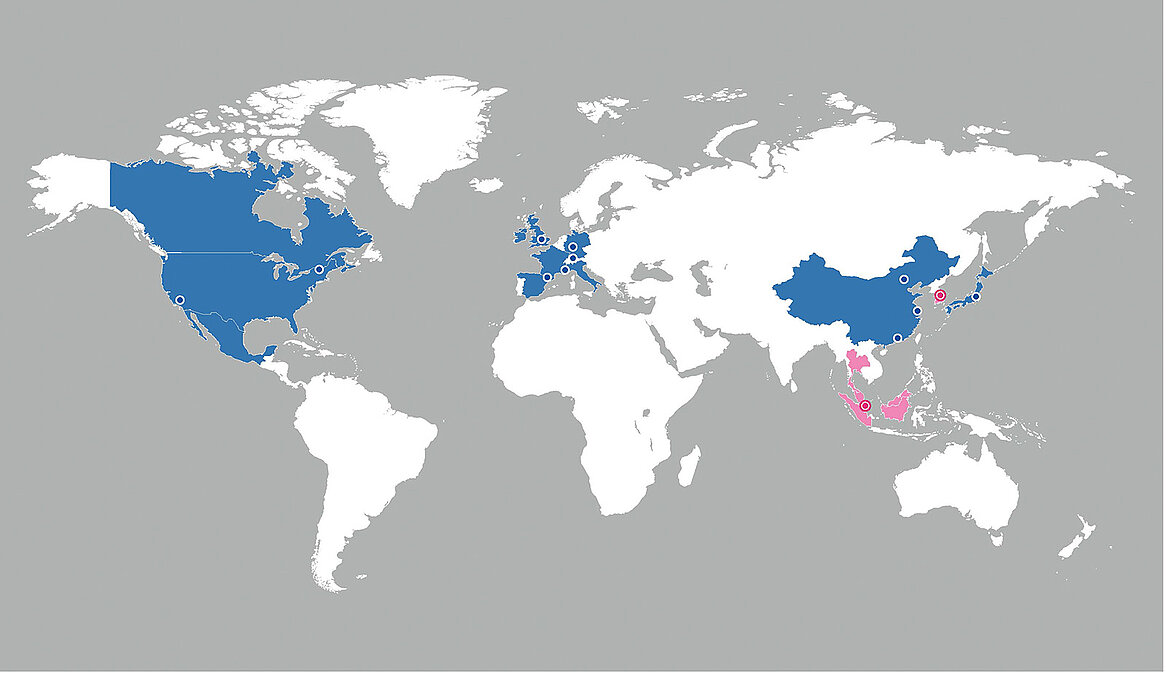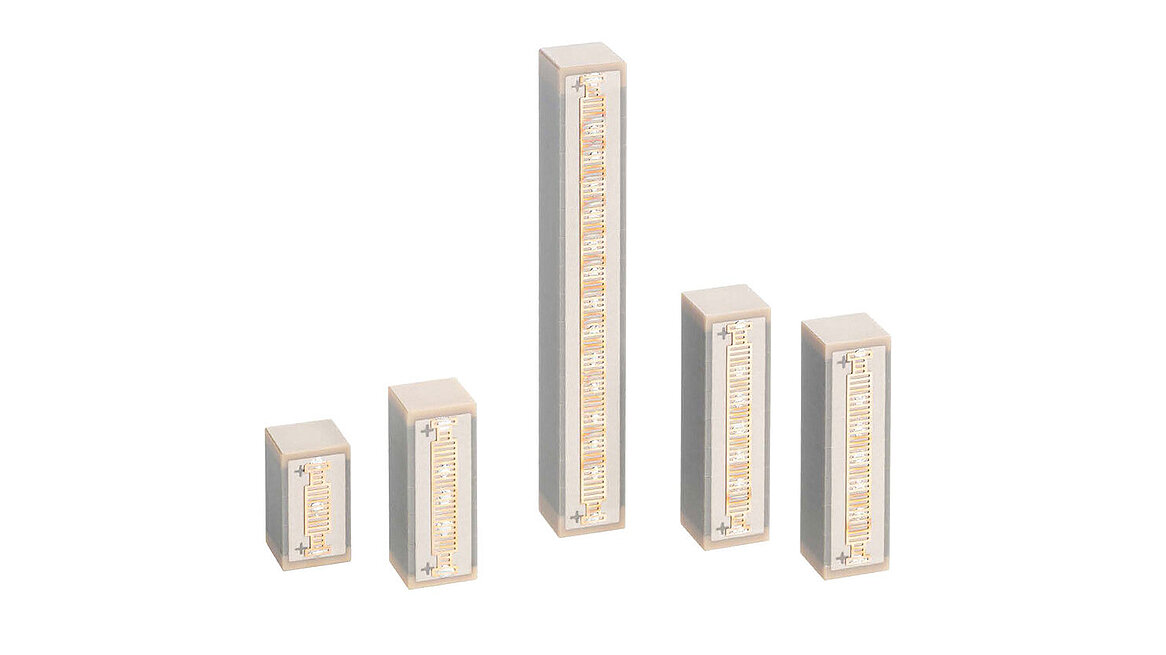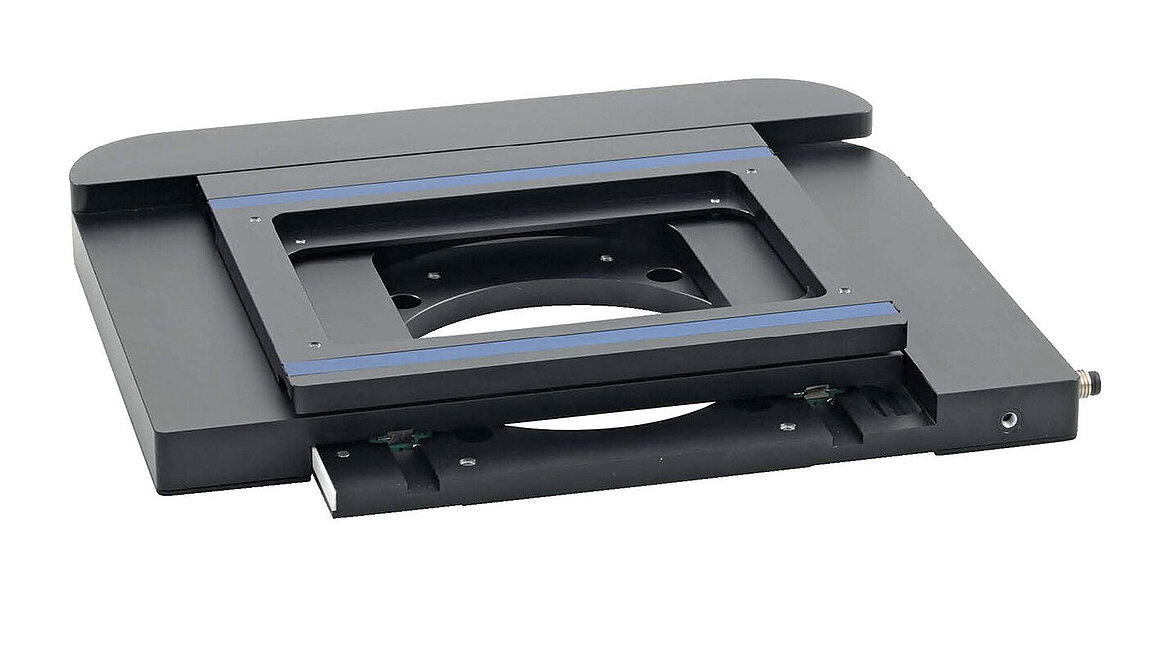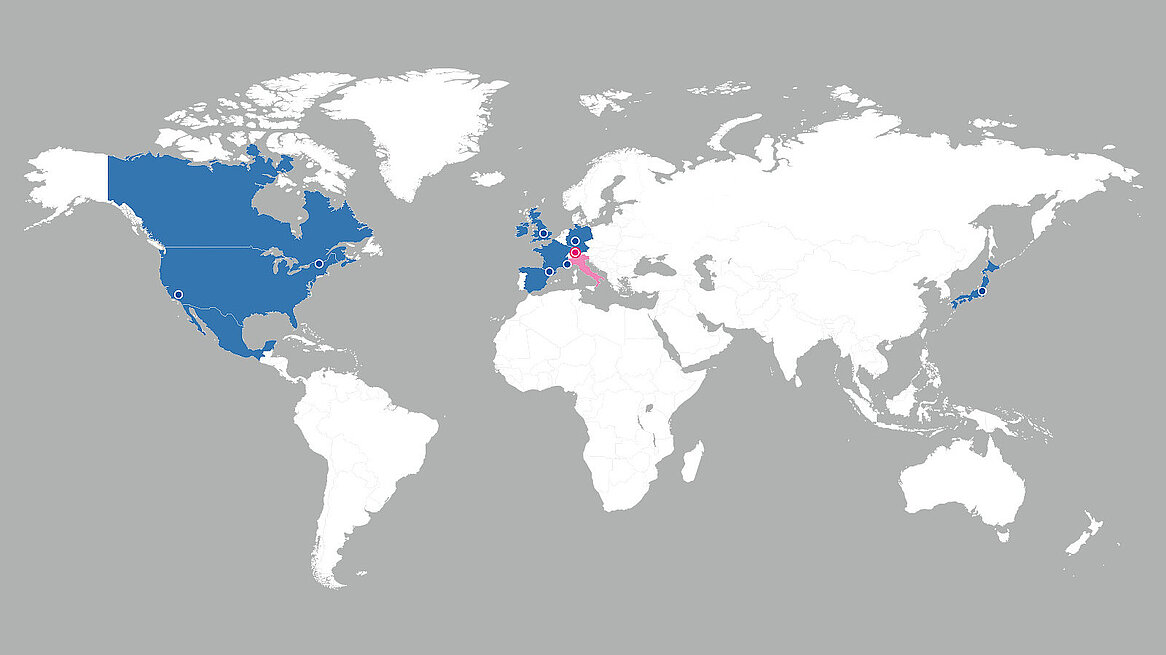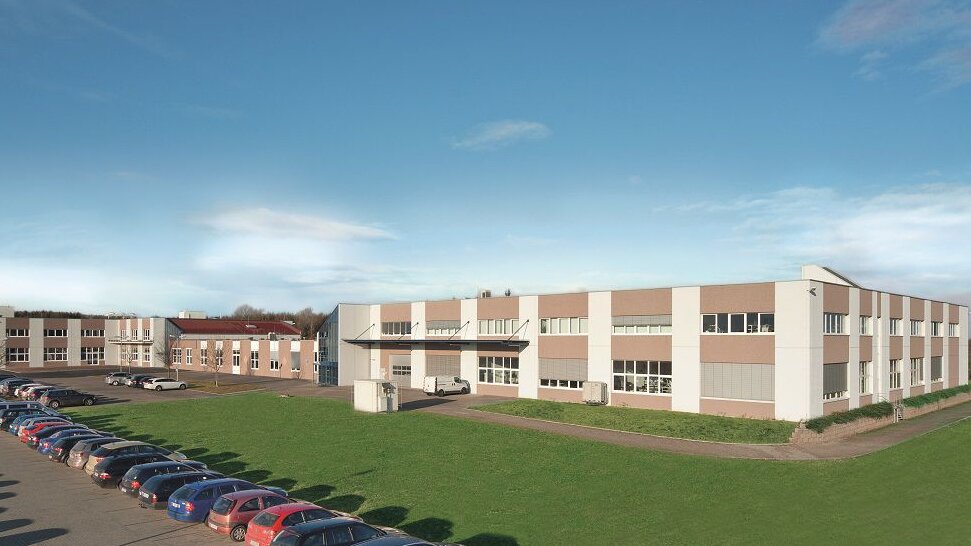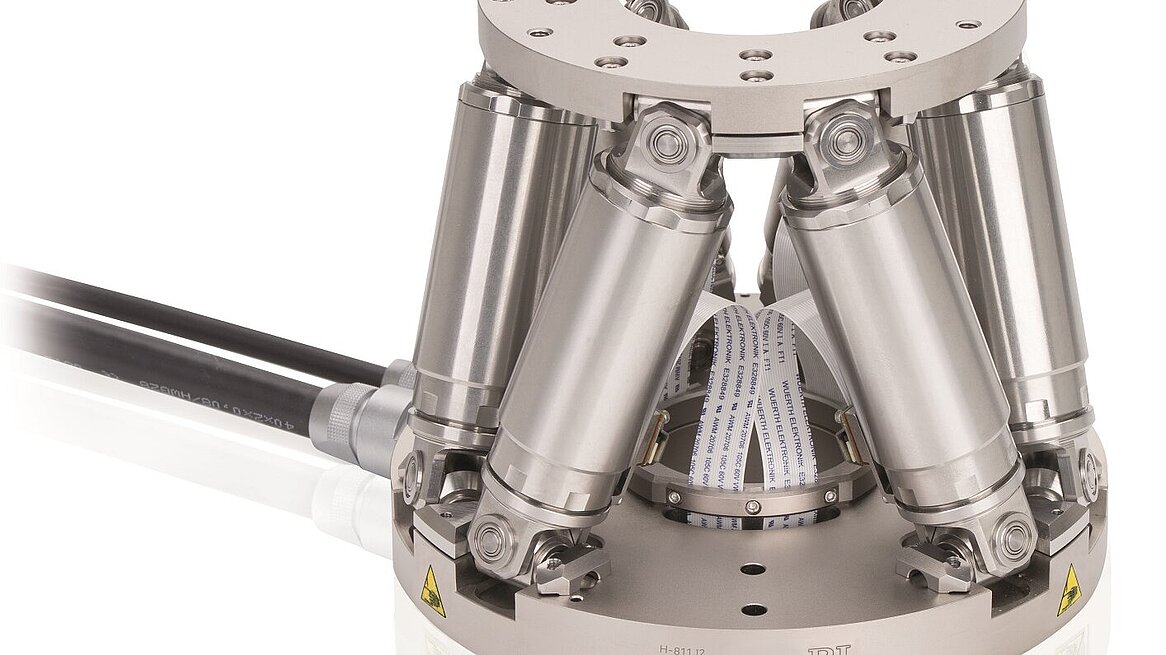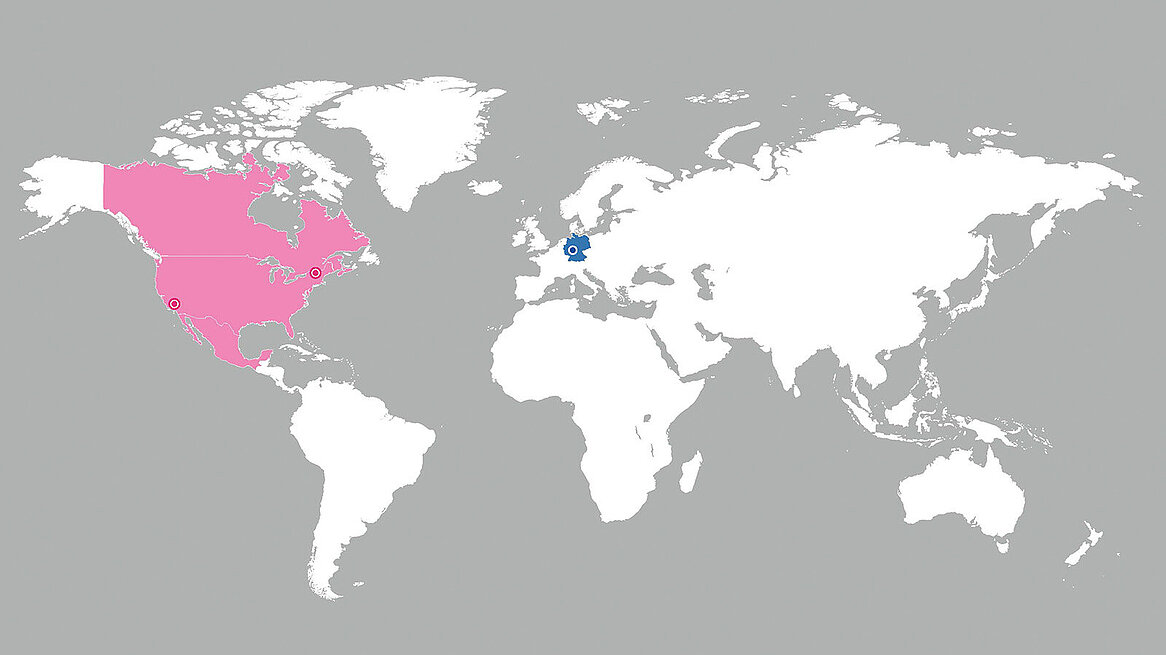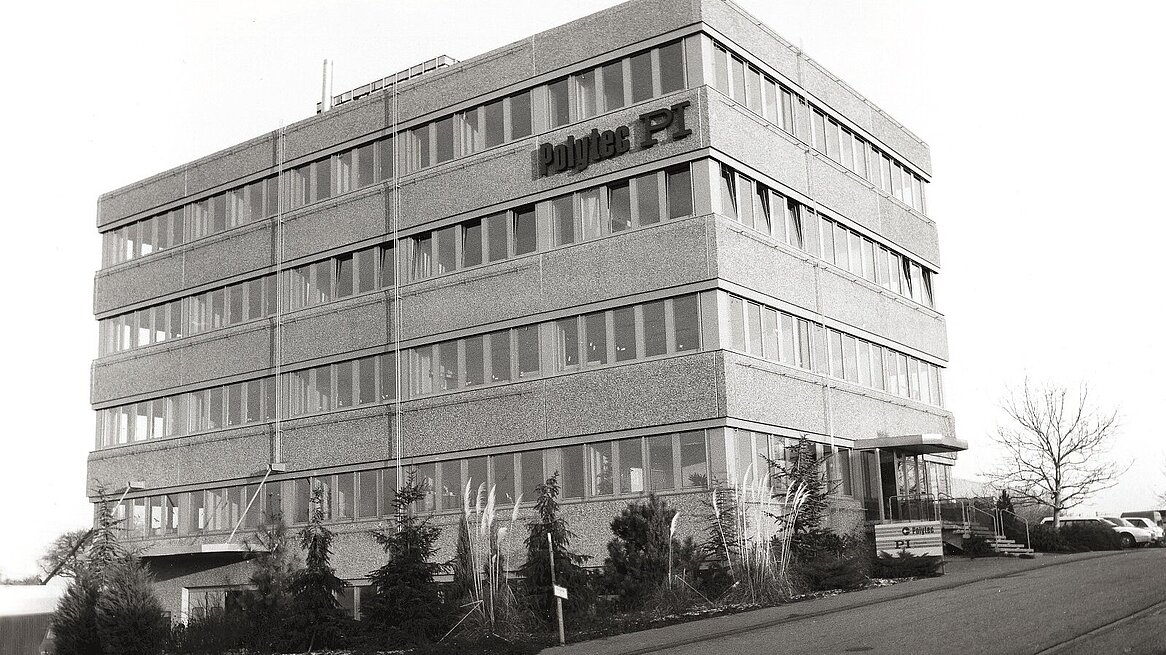Smartphones, Mars Rover, microchips, laser eye surgery ... these and countless other breakthrough innovations from the past 50 years would probably never have seen the light of day without products from PI. Therefore, PI can look back with pride on the past half century in which, together with our customers and partners, we have helped to get many innovations off the ground and onto the market.
During the course of these decades, PI has evolved from a specialist in precision positioning solutions to a multi-technology provider – with a technical portfolio that is second to none. Targeted acquisitions and startups have enabled PI to build a global network of specialists and, with over 1,400 employees, serve its customers worldwide. In 2020, a new production facility was opened in China, and in 2021 PI’s technological base was expanded via the acquisition of P•G•W, a Japanese specialist in precision granite products. PI also relies on continuity and reliability alongside continuous innovation: At the beginning of 2020, Dr. Karl Spanner handed over management of the company to his son and successor Markus Spanner as planned.
2021
Expansion of PI’s Technological Base

PI acquires a 100% shareholding in the Japanese company Precision Granite W Co. Ltd. (P·G·W). P·G·W specializes in the production of granite base plates with a high level of surface precision. Both competences dovetail perfectly with PI’s corporate strategy, which includes building a worldwide network of design centers. In the medium term, P·G·W will be integrated into this network and serve as the design center for the Asian region.
2020
50 Years PI
Smartphones, Mars Rover, microchips, laser eye surgery ... these and countless other breakthrough innovations of the past 50 years would probably never have materialized without products from PI.
PI can look back with pride on half a century in which the company has made innovations possible together with its customers and partners – and can also look forward to many more exciting projects and challenges!
2020
Generational Change at PI
“Our technologies have enormous potential to make our customers’ applications even more successful,” says Markus Spanner, Managing Director of PI since the beginning of the year. The 42-year-old has held a management position at PI for eleven years, most recently as Commercial Director. "PI has a great deal of potential for growth in the future and we want to exploit more than ever before."
2018
PIRest: PI Reinvents Piezo Technology
PIRest is a new technology, based on the piezo effect, which can be utilized in situations where high resolution and long-term stability are crucial. No permanent voltage is required to keep the expansion of a piezo actuator which makes PIRest ideal for active shims in hard-to-reach locations of precision machines.
2017
Inauguration of the New Technology Center
After completion of the building extension in 2012 with its heavy-load hall and other production areas, the Technology Center was completed in 2017 and provides an optimal work environment with offices, laboratories, and “think-tanks” for more than 200 employees. The heart of the Technology Center is the “Dr. Karl Spanner” auditorium with more than 200 seats.
2017
Acquisition of Majority Shareholding in ACS Motion Control, Israel
Industrial solutions need the link to industrial interfaces and standards. In turn, PI takes advantage of existing knowledge and, as majority shareholder in ACS Motion Control, now has the opportunity to offer solutions for the industrial environment completely independent of third-party suppliers. Above all, ACS controllers provide optimal support for PIMag® and PIglide in complex, multi-axis set-ups.
2015
Acquisition of Nelson Air Corp., USA
Precision does not just depend on the drive but also on its control, the sensor technology, and the guides. For example, planar scanners with air bearings which can achieve the highest possible precision are, in turn, used in semiconductor and electronics manufacturing. PI acquires the knowledge and production technology from Nelson Air and establishes the PIglide brand.
2014
Market Launch of Piezo Inertia Motors
Q-Motion® is the name of the smallest piezo motor from PI. The drive principle is familiar – stick-slip or inertia drive – and it is now possible to manufacture space-saving motors that can be used in mobile devices or under special ambient conditions such as at low temperatures or in ultra-high vacuum.
2014
Market Launch of Electromagnetic Direct Drives
With PIMag®, PI starts a new chapter in its company development: Precision over long travel ranges is achieved by electromagnetic direct drives and PI develops its own drives and controllers for this purpose. Piezo technology and PIMag® provide PI with a wide range for using its own drive technology in applications for industry and research.
2011
New Subsidiaries in Korea and Singapore
What formerly distinguished the industrial environment of Japan can now be found increasingly in South Korea and Singapore: Precision industrial applications mainly in manufacturing and quality assurance of consumer electronics. Here, the customer also expects on-site service. PI founds its own subsidiary for this reason.
2004
Market Launch of High-Performance Piezo Walking Drives
The semiconductor market is becoming PI’s main cornerstone and is initiating an “industrial revolution” in the company’s development. In order to be able to manufacture the very fine structures on silicon chips, an extremely precise and reliable positioning technology with high forces is necessary. PI develops NEXLINE® walking drives for this market and establishes a further unique selling point.
2002
New Subsidiary in China
The semiconductor market is becoming PI’s main cornerstone and is initiating an “industrial revolution” in the company’s development. In order to be able to manufacture the very fine structures on silicon chips, an extremely precise and reliable positioning technology with high forces is necessary. PI develops NEXLINE® walking drives for this market and establishes a further unique selling point.
2001
Market Launch of Piezo Ultrasonic Motors
With PILine®, PI introduces the first mass-producible piezo motor into the market that is based on ultrasonic oscillation of a piezo element. In contrast to conventional electromagnetic motor principles, it is now possible to manufacture even smaller piezo motors. They do not generate a magnetic field. They are suitable for various applications – for example, in microscopy as well as measuring and medical technology.
2000
Relocation to Karlsruhe
Space in Waldbronn is has become a little cramped for more than 100 members staff and they begin with the move into the first two buildings at the new location in Karlsruhe, which is still PI's headquarters today PI sets up measuring facilities that are decoupled from the foundation so that vibration from the building or the nearby highway does not influence the precision of the sensitive measuring technology.
1998
Market Launch of Digital Control Algorithms
From a mechanical point of view, piezo positioning systems are fully developed! Piezoceramics, flexure guides, and capacitive sensors no longer restrict the accuracy. To improve the performance of these systems, PI optimizes the control and develops its own control algorithms and digital motion controllers.
1992
Founding of PI Ceramic
To avoid loss of accuracy, the piezoceramic drive must be used as near to the object to be moved as possible. Therefore, the demand for customized adaptations increased. With PI Ceramic (PIC), PI founds a subsidiary that draws on the know-how of the former piezo specialists in Thüringen. PIC was an essential factor for the later success of PI.

